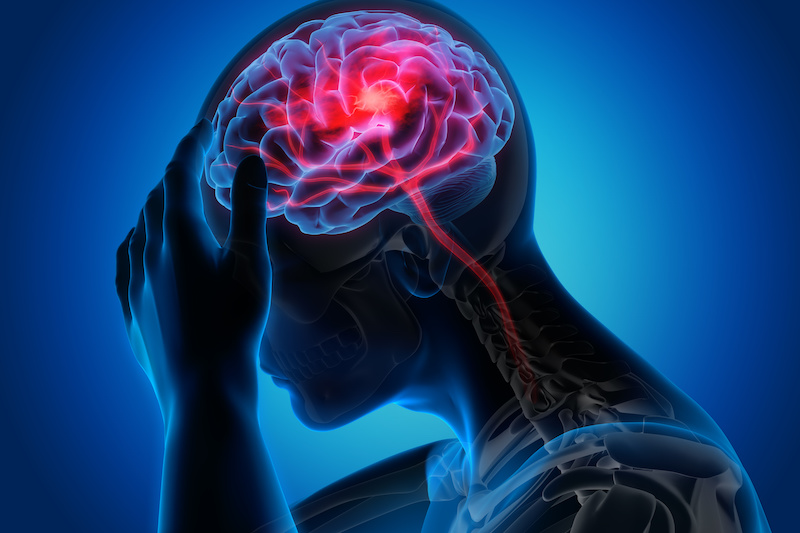
One of the questions we receive the most is ‘Can dementia be prevented?’
As with many neurological conditions affecting the brain, research is still relatively new and not completely understood in this field as long-term effects have not been seen yet. However, there has been a large push over the course of the last 20 years to better understand the human brain and the conditions that afflict it.
Much of the research to date has focused on different factors such as genetics, lifestyle and trauma that may predispose individuals to develop dementia at some point during their lifespan. Unfortunately, at this time, the vast majority of the causes of dementia cannot be cured. However, research continues to develop in the areas of drugs, vaccines and other medical treatments.
Ways to Reduce Your Risk
Age and genetics play a key role in an individual developing this dementia, but there are controllable factors that may reduce one’s risk and aid in prevention.
1. Diet
The brain, like all other organs in the body, responds to the diet humans consume based on the nutritional value it contains. For those who eat many processed foods that are high in fat and sugars, the body as a whole and the brain do not receive the nutrients needed for long-term sustainability.
By eating unsaturated fats and more leafy greens, one can help to preserve brain health. Additionally, incorporating more fish and omega-3 fatty acids has been shown to help preserve brain function.
2. Exercise
Regular physical activity, especially in the aerobic capacity, helps with oxygen delivery and blood flow to the brain. This keeps function high and helps to maintain brain mass in areas that control vital functions such as memory and learning.
In addition to these benefits, exercise helps to preserve motor control function. This keeps the central nervous functioning at a high level through a feedback loop that incorporates sensory and motor skills.
3. Person-To-Person Contact
Those who engage in regular communication with others have been shown to have higher levels of brain activity and better retention of brain mass later in life. This is especially important for older individuals who may be living alone without family. For this population, it is especially important to get out and engage with other community members in order to maintain stimulation.
4. Continue Challenging The Mind
There is a saying that “learning never stops” and for those looking to prevent or minimize dementia, this is especially true. By keeping the brain engaged in learning or tasks such as reading or crossword puzzles, brain activity and acuity is kept sharp throughout life.
By taking on small educational projects, one can greatly help their chances of maintaining a high level of function later in life.
5. Avoid Trauma
While this may be difficult for many, especially former and active service members, avoiding trauma to the brain is a proven way to help preserve brain function and memory later in life. For athletes, it is important to use protective headgear when applicable and practice proper techniques.
While it is not possible to completely prevent dementia in all people, practicing the techniques listed here are a great way to minimize risk. If you or a loved one is experiencing any degree of memory loss, it is advised to seek medical counsel from a neurologist immediately.
If you or someone you love is experiencing memory difficulties or other changes in thinking skills, call Regional Neurological Associates at (718) 515-4347 to schedule a professional evaluation by one of our experienced physicians. As with many conditions involving the brain, a timely diagnosis may impact treatment results.








